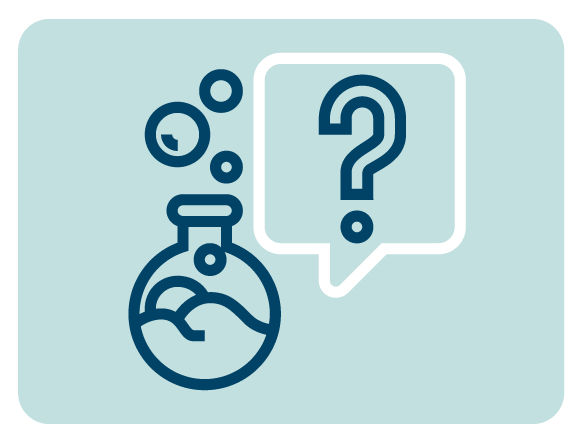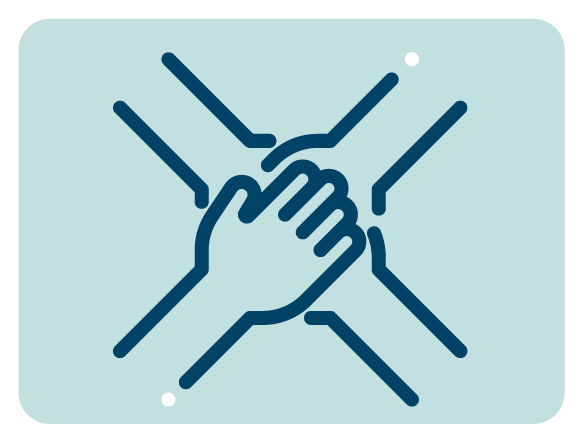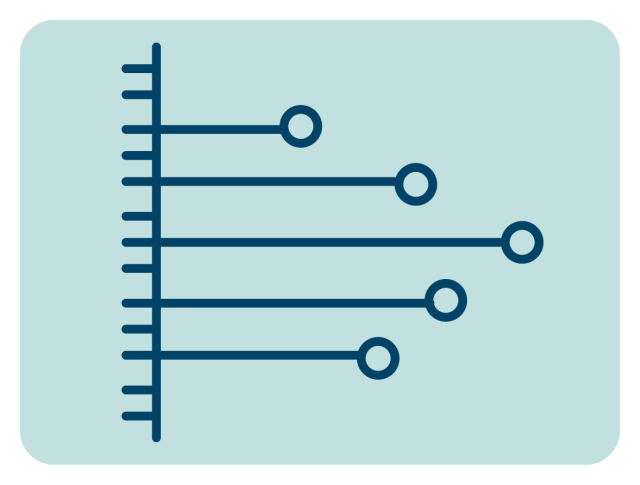Collective Discovery: Group Problem-Solving Using Student-Generated Data
Engaging Students
Learning Outcomes



Context
In a large, 200-student Statistics lecture, Melissa Smith uses active learning strategies that center students’ own input as the foundation for analysis and discussion. Rather than working only with textbook examples or pre-prepared datasets, students generate their own data by sharing hypotheses and responses to thought-provoking scientific questions. This student-driven approach both personalizes the learning experience and creates a sense of investment in the course material.
Implementation
Students begin by working in groups to contribute their ideas and predictions to activities, with their hypotheses and responses collected, analyzed, and charted in real time. The instructor then facilitates a whole-class discussion using a sequence of thought-provoking questions that prompt reflection, connect responses to key concepts, and challenge assumptions, helping students move from passive listening to active engagement. The same datasets are revisited throughout the semester to highlight connections with more advanced topics, bringing the learning process full circle. Smith also adapts this approach for one homework assignment to reinforce the method beyond in-class activities, using class-generated data to make abstract ideas concrete and memorable.
Challenges
- Facilitate group formation: Make sure all students in a large class are in a group, especially students sitting in the back. It’s helpful to physically go and help form the groups in the back.
- Encourage individual student investment: Attach in-class participation credit to the activity. Have students list their names on group work.
- Motivation: Food is motivating! Consider offering muffins or homemade food as a prize for the top groups.
- Clarity: Repeat clear instructions in multiple formats (e.g., provide on a slide, give a clear submission time deadline for credit, discuss in class, provide a Google form with instructions for students to submit their work, clarify logistics with the class).
- Communicate purpose: Describe the rationale for the activity. Students need to know why they are doing this. During the discussion, you can even ask them why they think they are doing this activity.
Reflection and Future Directions
What makes this approach uniquely engaging
Students are more engaged when they draw on their own ideas and perspectives to connect with course concepts, rather than relying solely on pre-supplied examples or data. Instructors can boost this engagement even further by using thought-provoking examples and guiding the class with enthusiastic, stimulating questions to bring statistics concepts to life.
Impact
Deeper understanding of the content using students’ personal examples and input—students are more likely to remember these concepts when the class is over, due to their formed memories of the activity. A strong sense of belonging, community, identity, closeness. Strong connections formed with the instructor, each other, and with statistics content. These activities also warm up the learning environment.
Use in other courses/disciplines
This approach translates easily across disciplines. In psychology, students could generate survey responses that the class then analyzes for patterns. In economics, groups might predict outcomes of a market scenario and compare them with real data. In sociology, students could propose explanations for a social trend that are later tested against research findings. In each case, students’ own input becomes the data that drives discussion and application, making concepts more meaningful and engagement more active.
